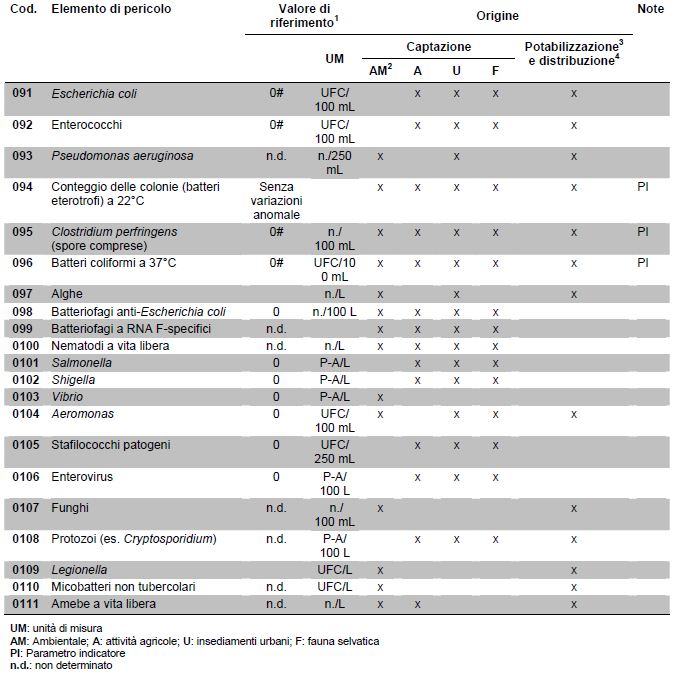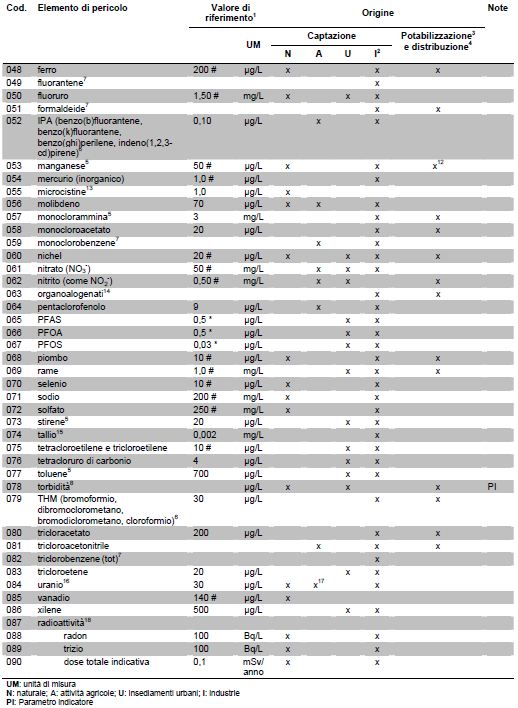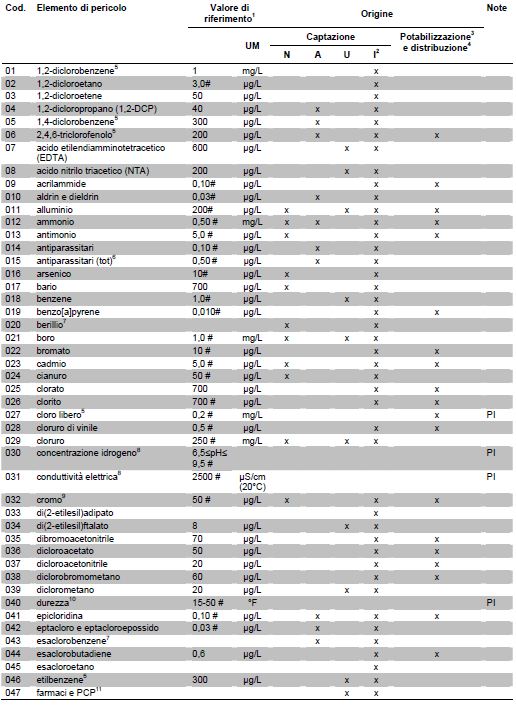Water Leakage and Water Safety Plan are the two guidelines that will most influence the design and construction of aqueducts in the next decade: it is not just a matter of leaks, but also of health and we will explain why below.
DOWNLOAD FREE WHITE PAPER: water-safety-plan-and-water-leakage-management
ServiTecno and GE Digital are very attentive to the future and for this reason they will participate in H2O with the will to deal with these issues: you will find us in PAD.29, stand E15.
Italy is among the worst in Europe for efficiency in drinking water distribution networks, about 37% of what is entered does not reach the end user: This matches 2,61 billion square meters each year, and a loss of profit of more than 3 billion euros.
This alone would be enough to rewrite best practices (and this is what is happening in Europe with the Water Safety Plan and especially with the Water Leakage) in the aqueduct sector, regarding the design and construction of efficient and controlled systems.
Yet the economic aspect appears secondary in front of the threats that the failure (or incorrect) monitoring of the pressures in the pipes can materialize.
The principle is very simple: correct pressure in the pipes is above all a guarantee of water quality.
DOWNLOAD FREE WHITE PAPER: water-safety-plan-and-water-leakage-management
If the pipelines are not properly maintained under pressure, the water could stagnate thus giving way to biological, physical, chemical and radiological agents to contaminate it: Because of their ability to spread rapidly through water and elicit acute responses, pathogenic microorganisms pose the greatest risk to consumers.
The control of biological risks can often require a balance between the protection of public health and the use of chemical products: a classic example is that of the use of chlorine-based products which can lead to the formation of disinfection by-products.

Bacteria, viruses and parasites are not the only dangers lurking.
A chemical hazard can be considered any chemical agent that can compromise the safety of water or its suitability for consumption. Some of them have been shown to cause adverse effects to human health only following prolonged exposure through drinking water.
DOWNLOAD FREE WHITE PAPER: water-safety-plan-and-water-leakage-management
- chemical agents in water intended for human consumption they can be classified in various ways; particularly appropriate here is classification based on the primary source of the contaminant.
- physical agents they can affect the safety of the water by representing a direct danger to the health of the consumer.
In fact, they can compromise the effectiveness of the treatment by invalidating the action of the residual disinfectants and compromising the acceptability of the water by the consumer.
The most common physical hazard in a water supply is the presence of particulate matter and sediment in the water.
La radioactive contamination of drinking water can be due both to radionuclides of natural origin (ie normally found in nature) and artificial (ie produced by some technical-industrial activities).

